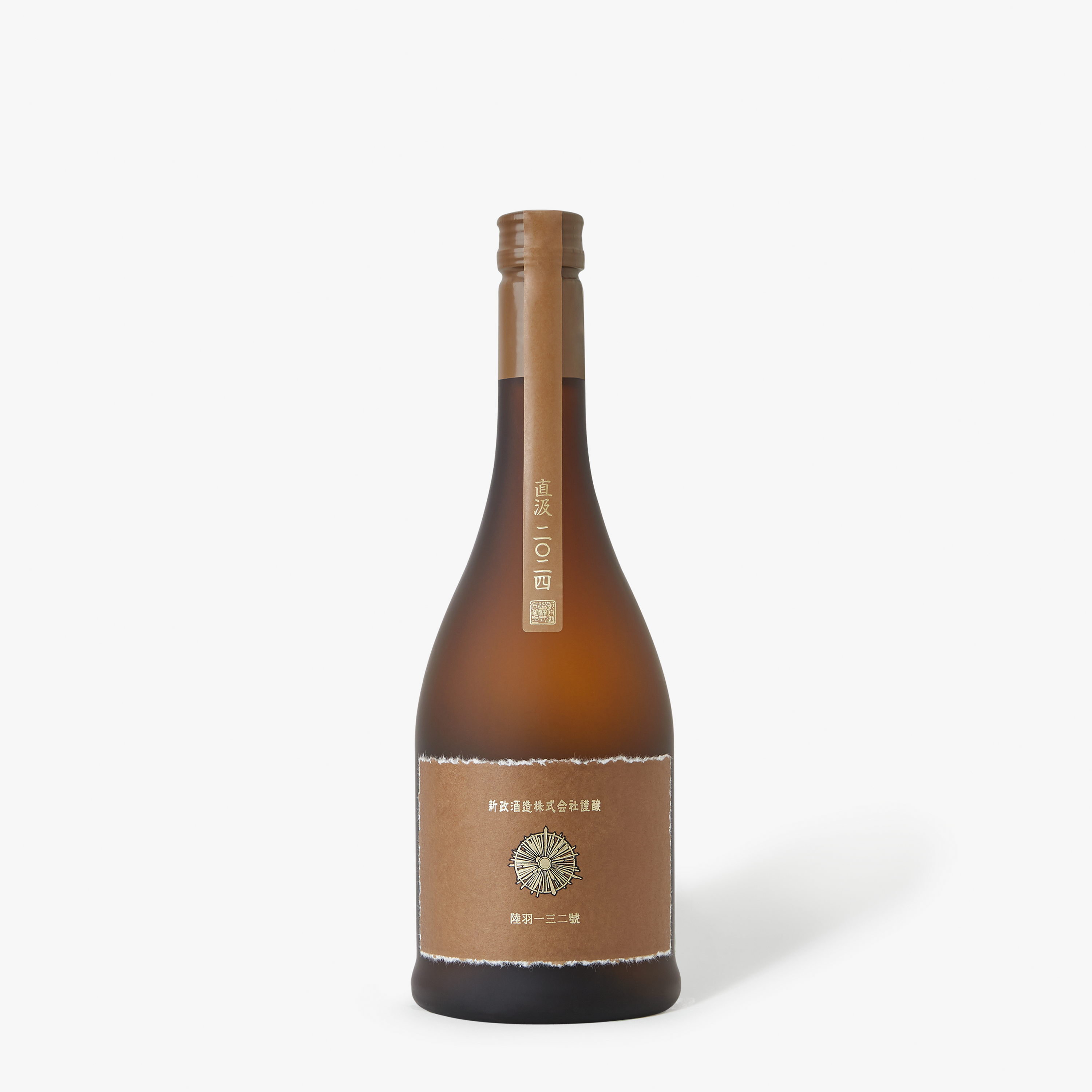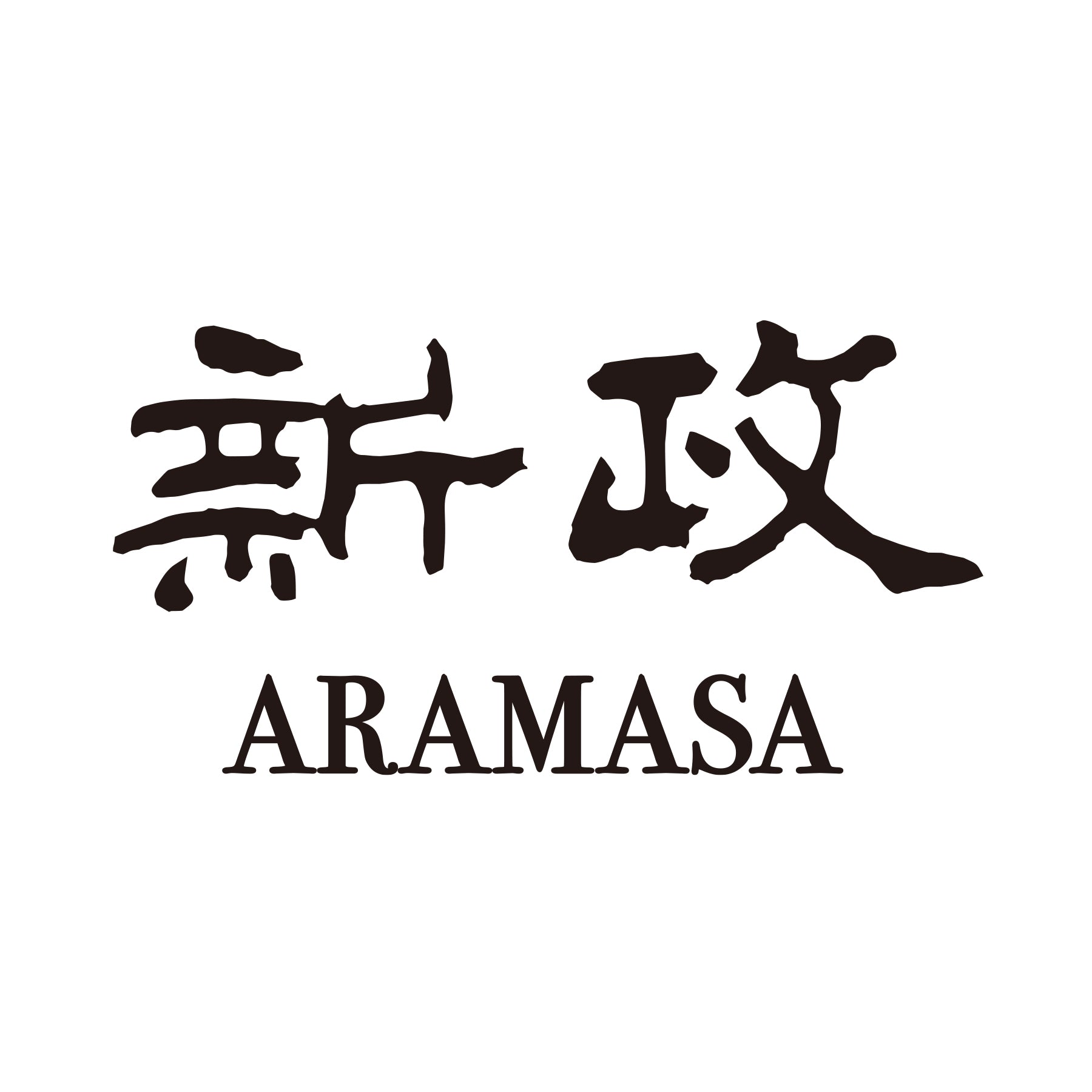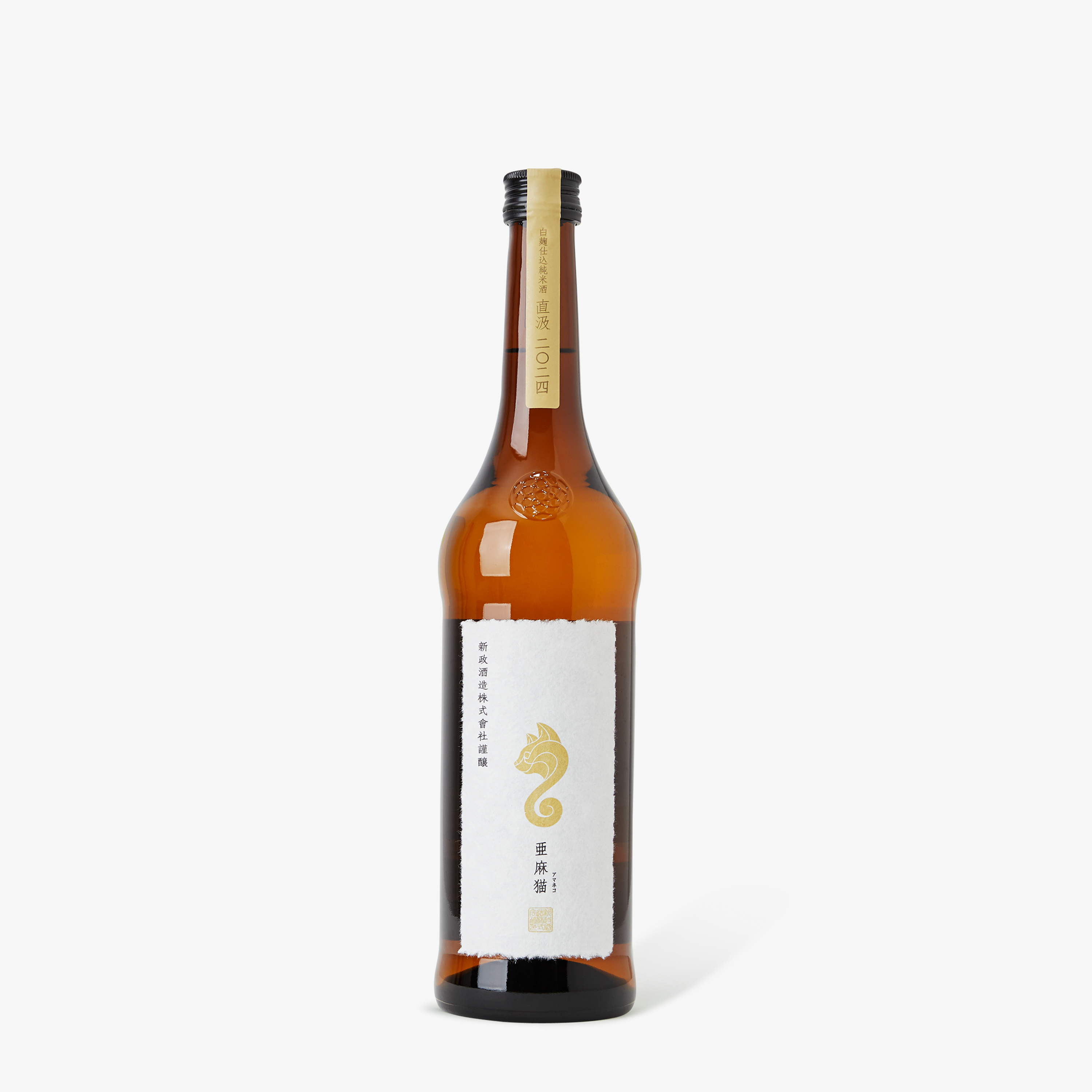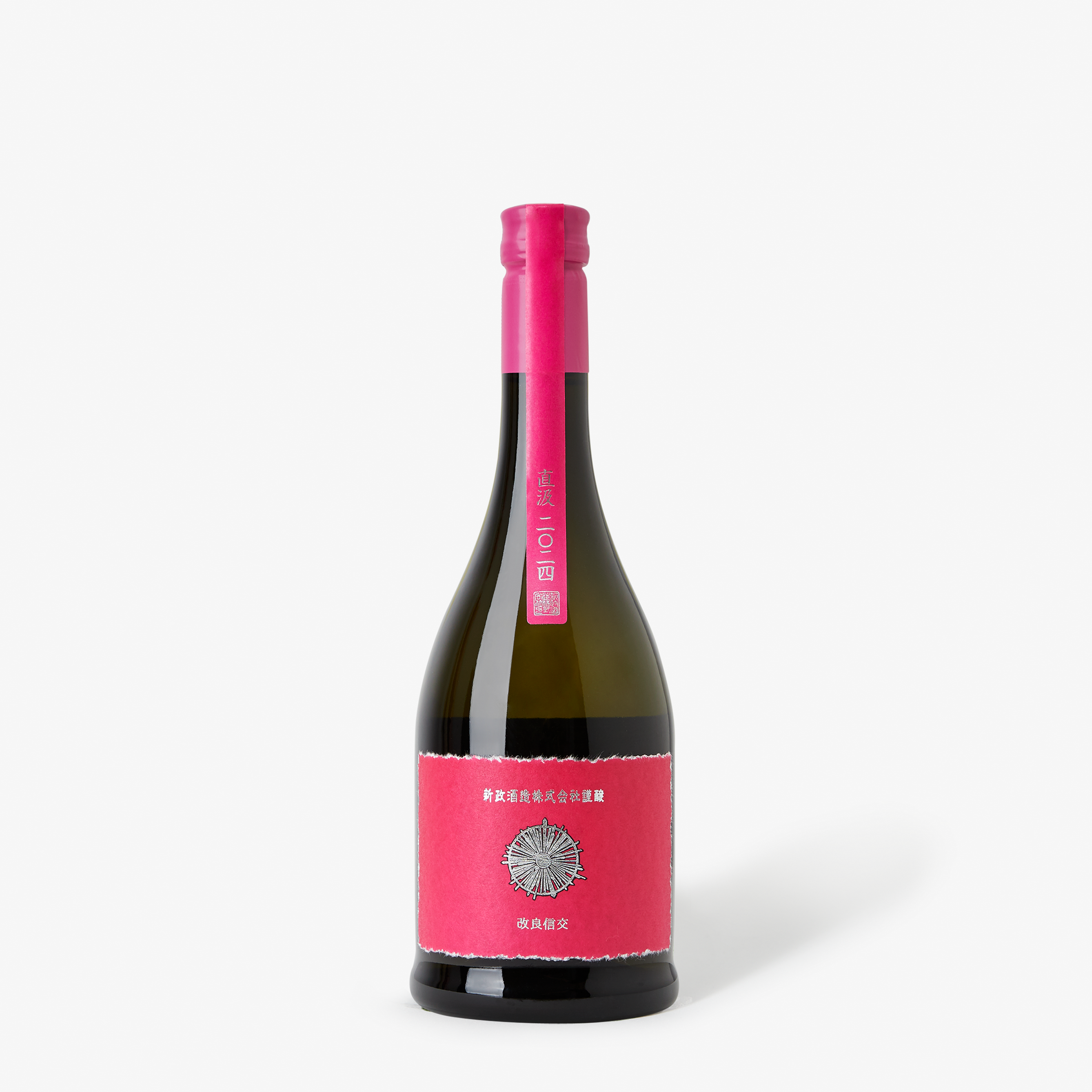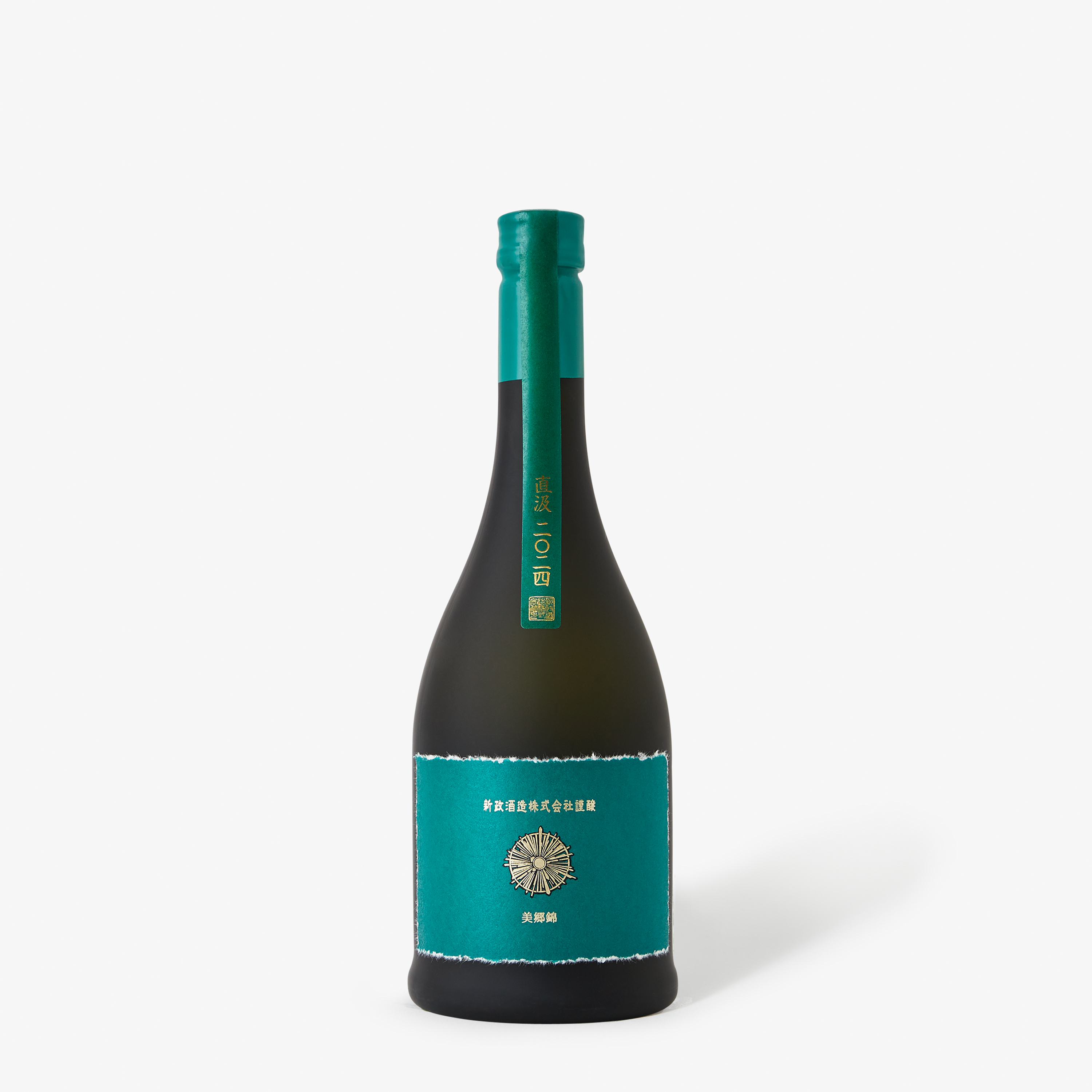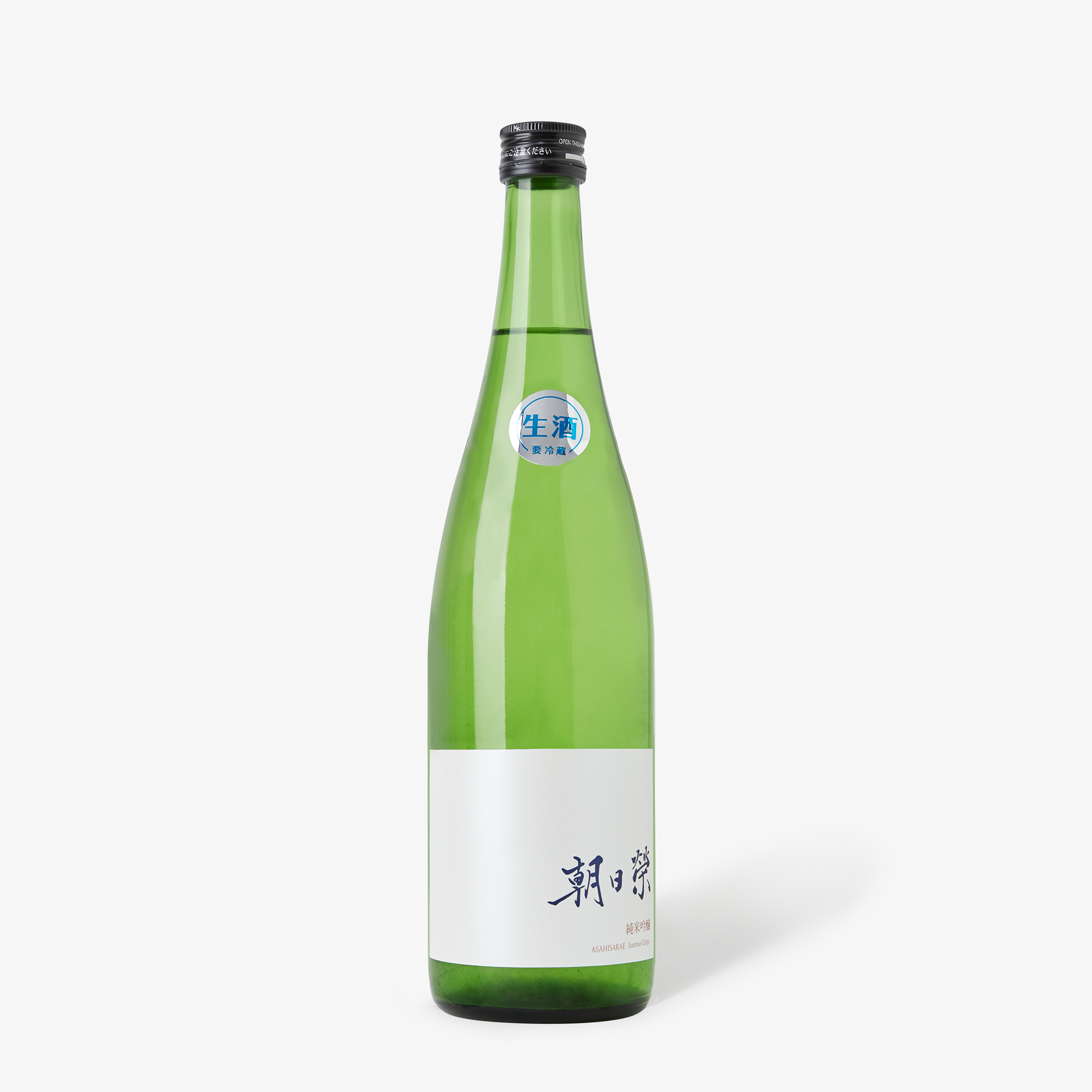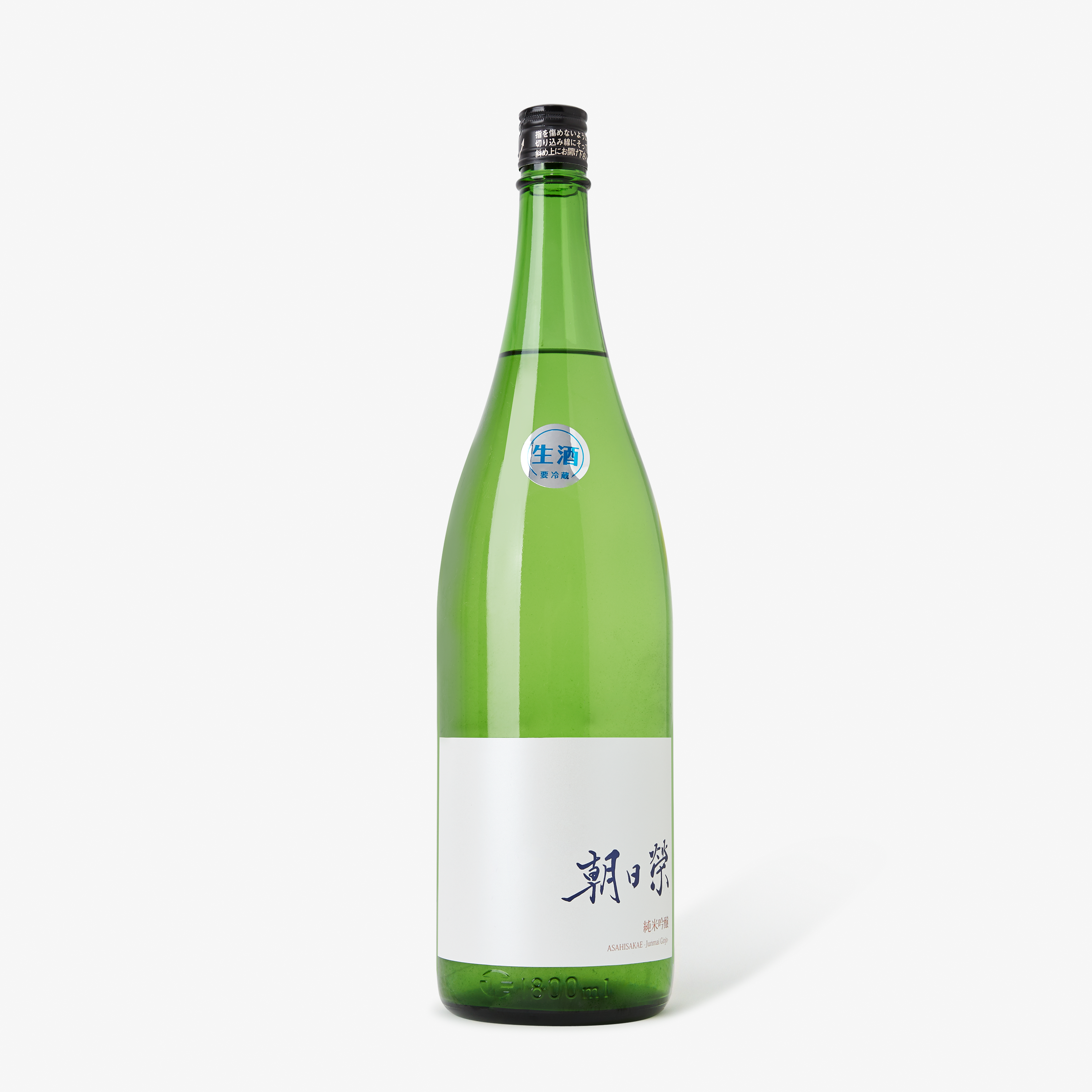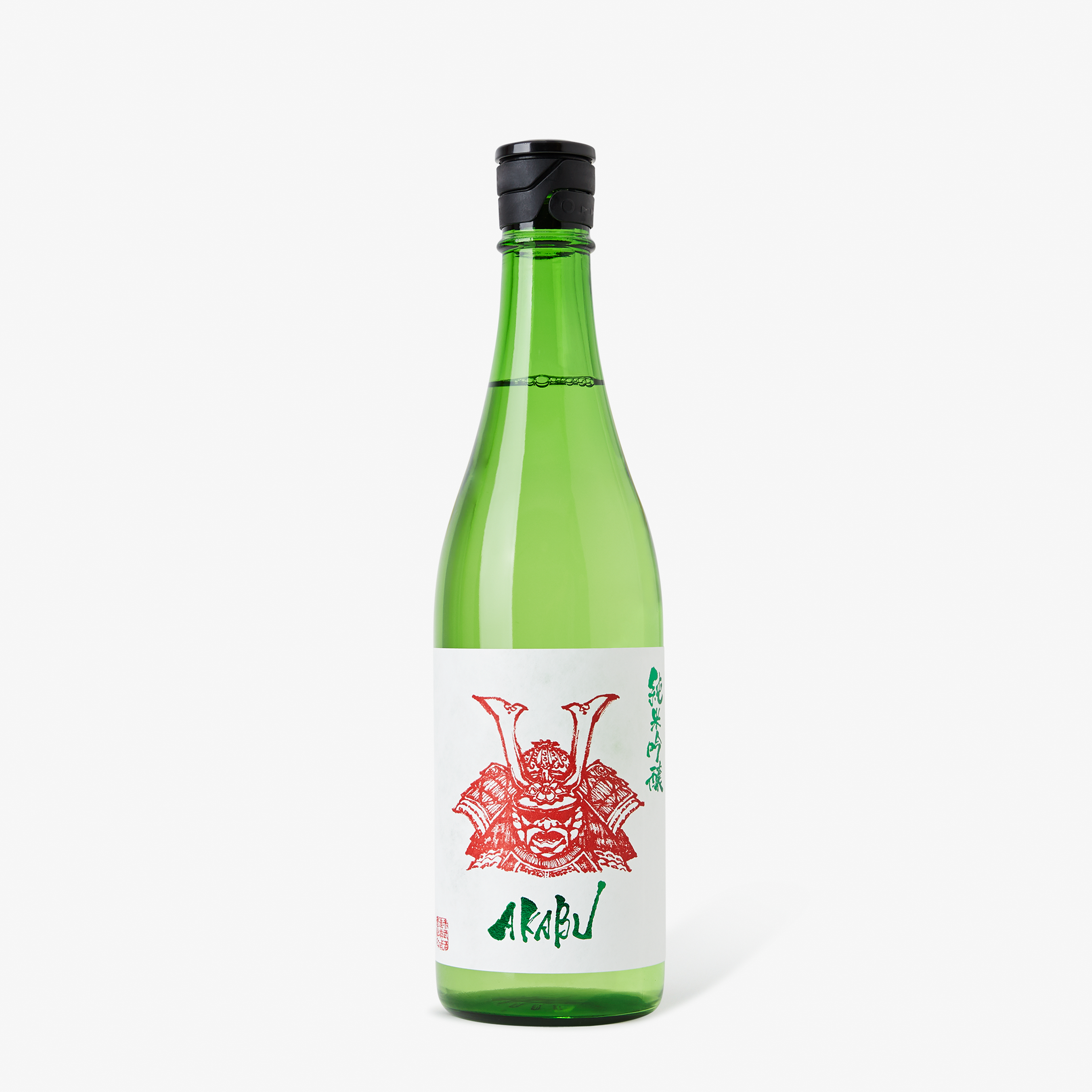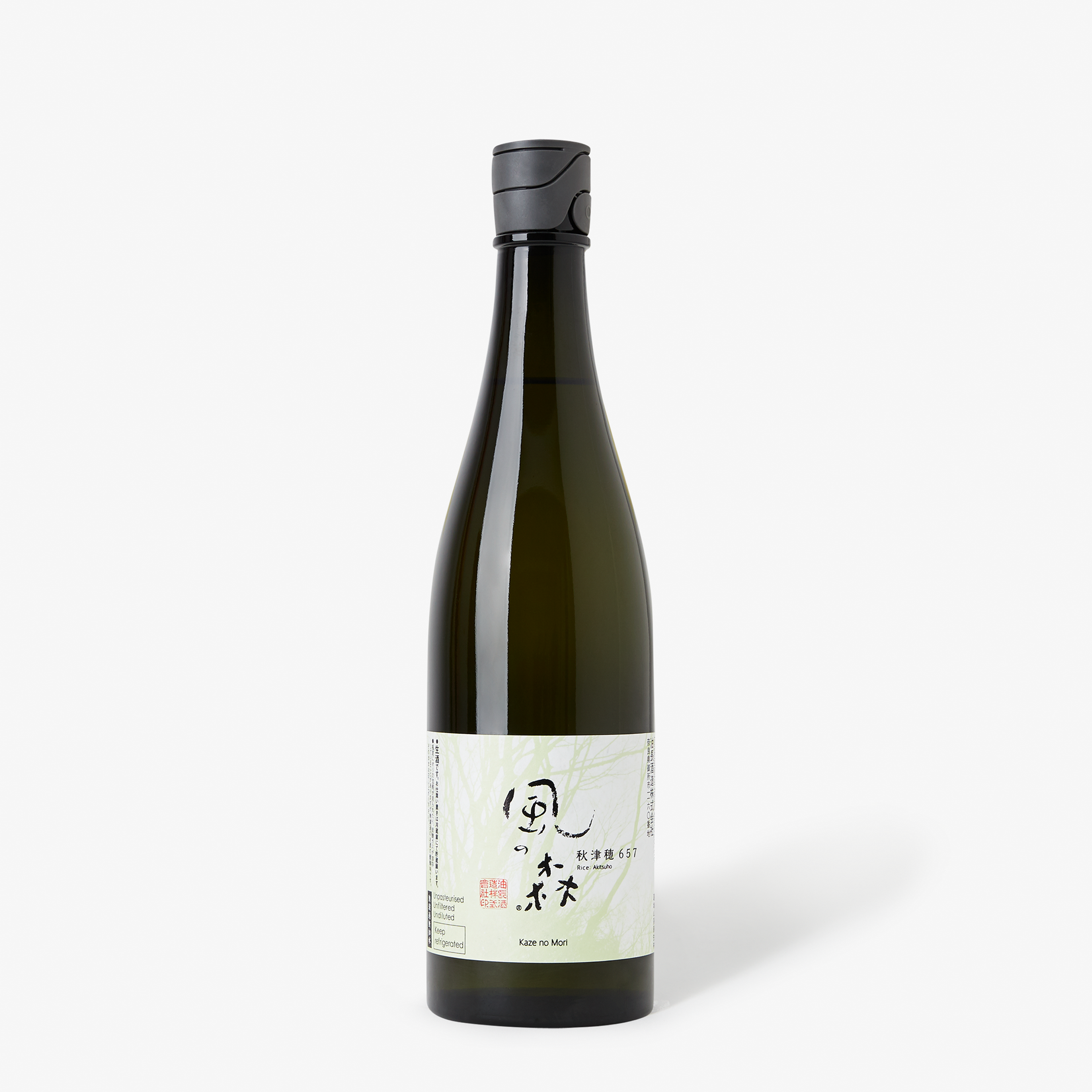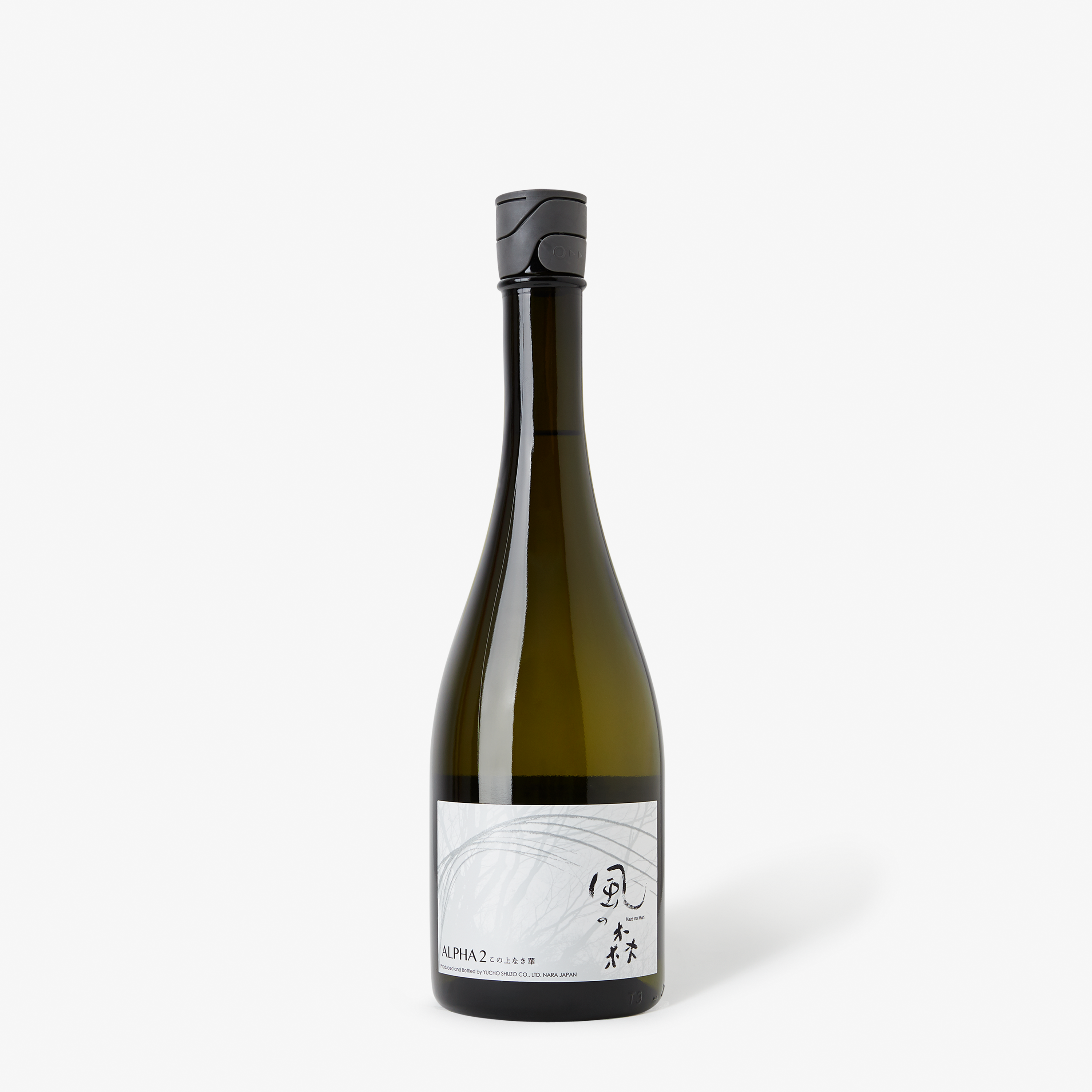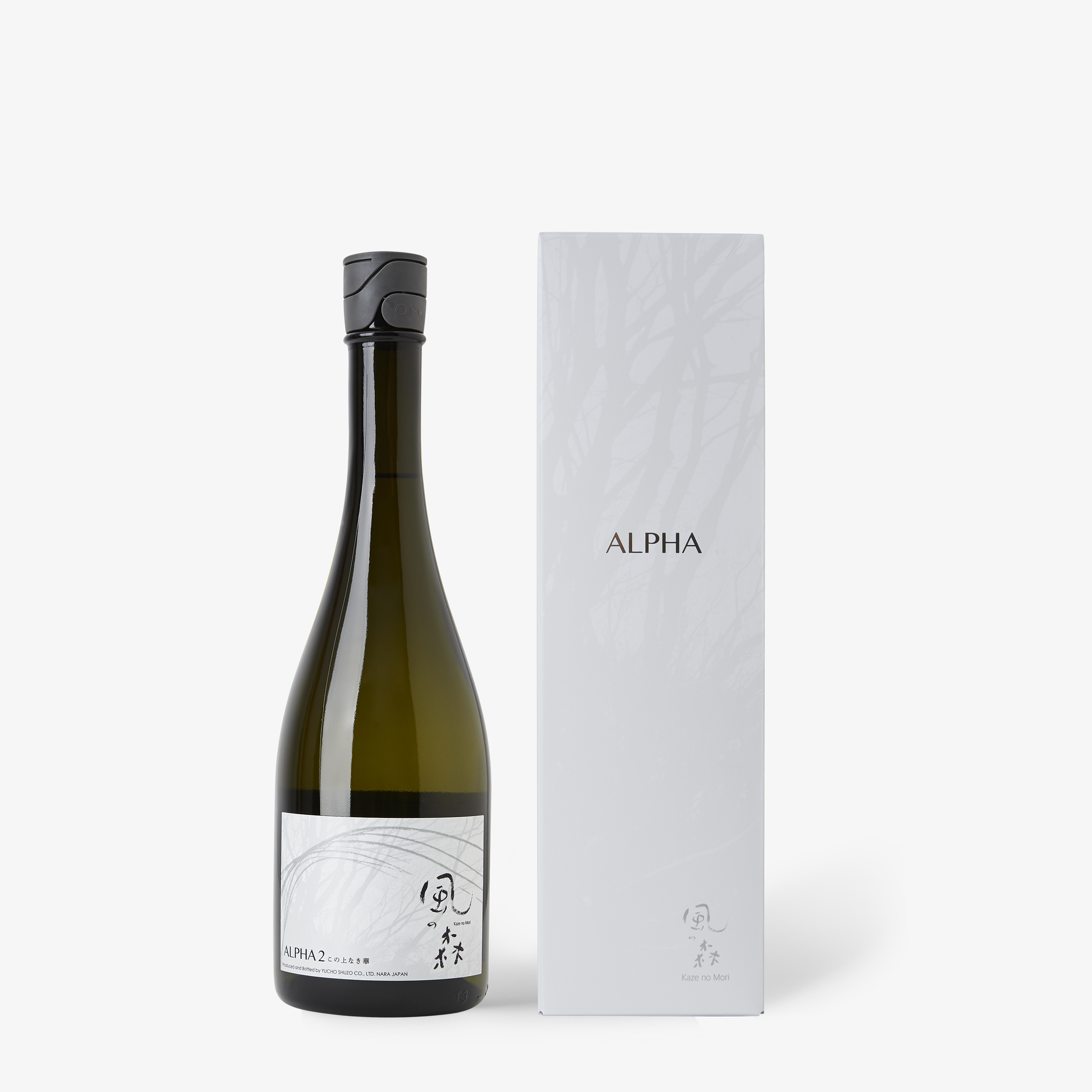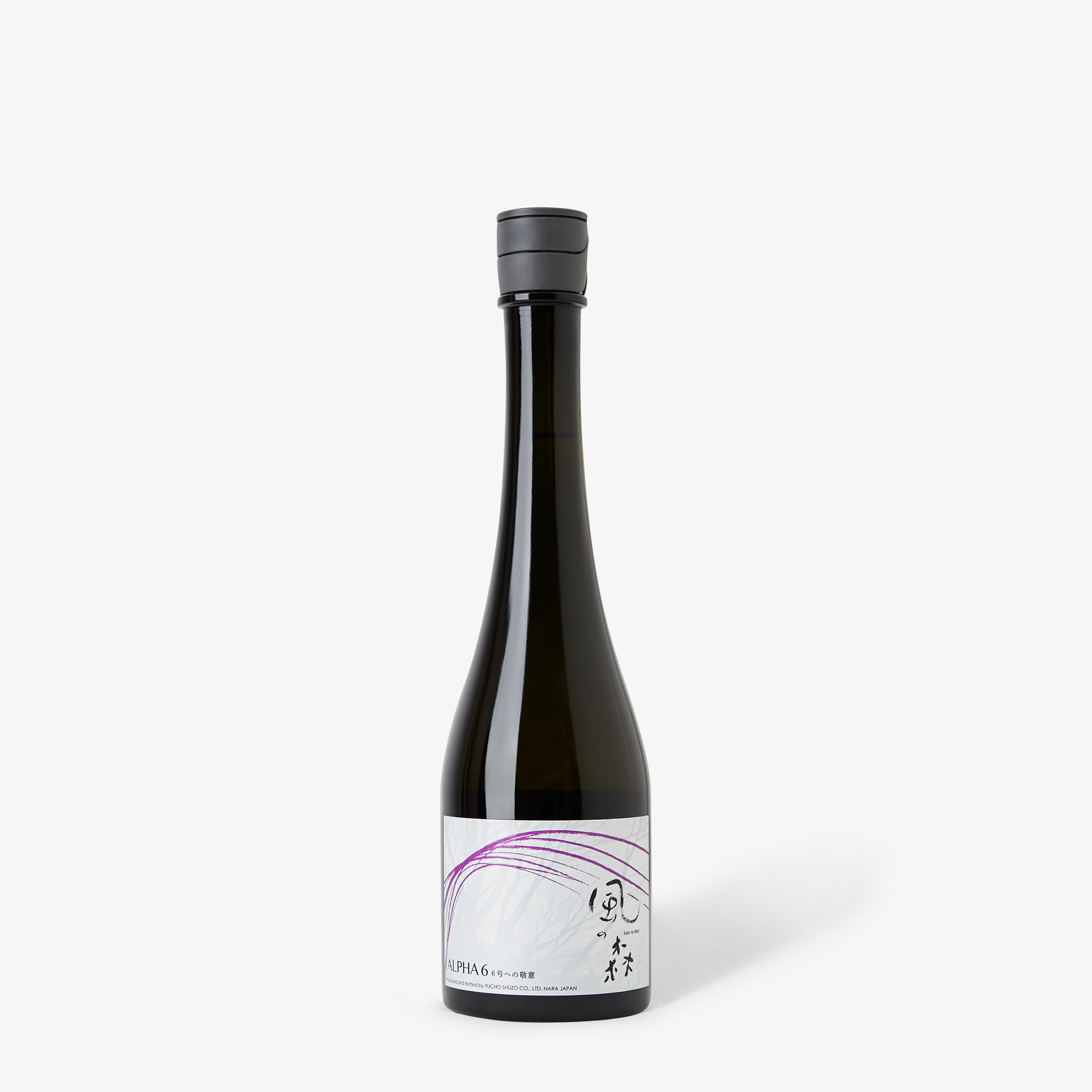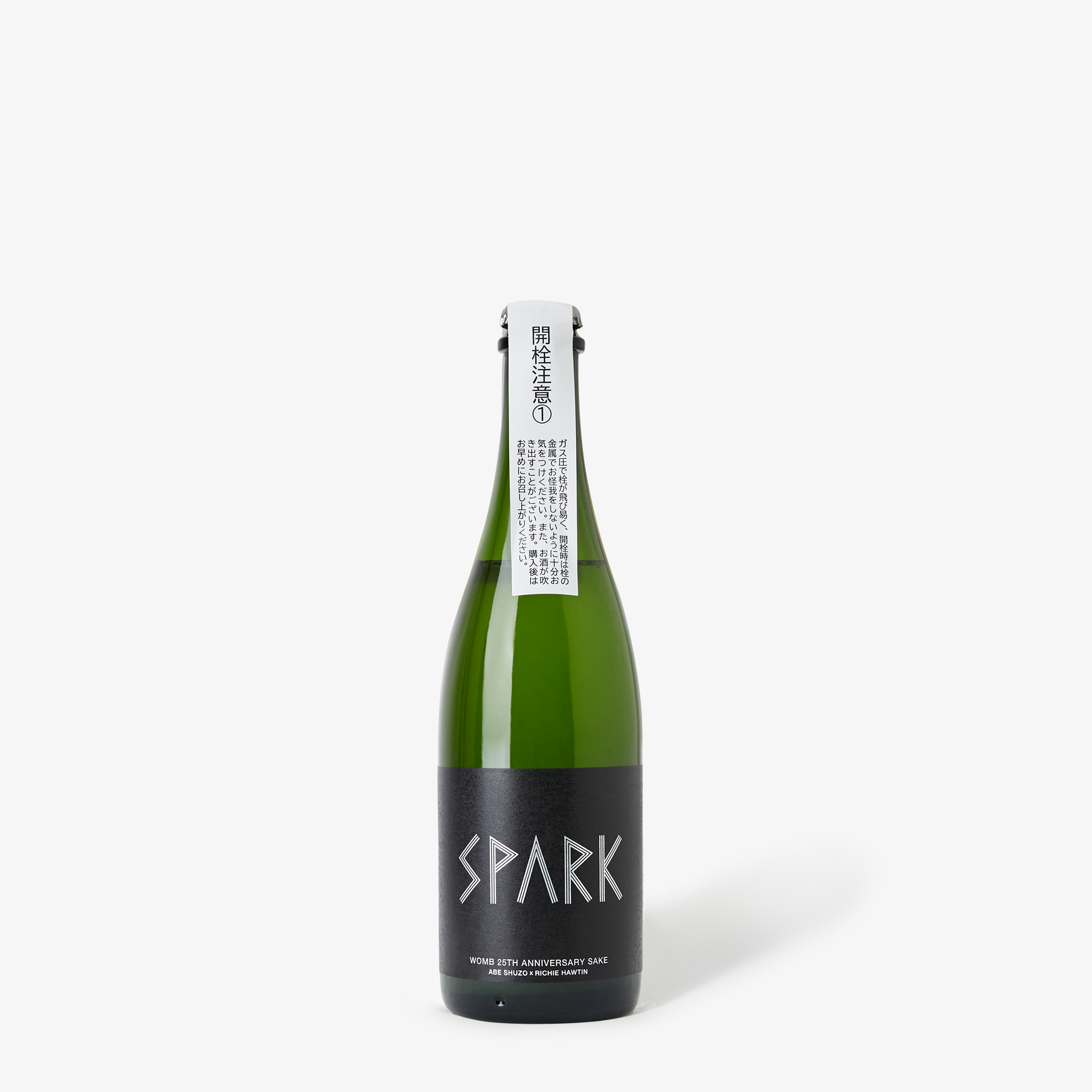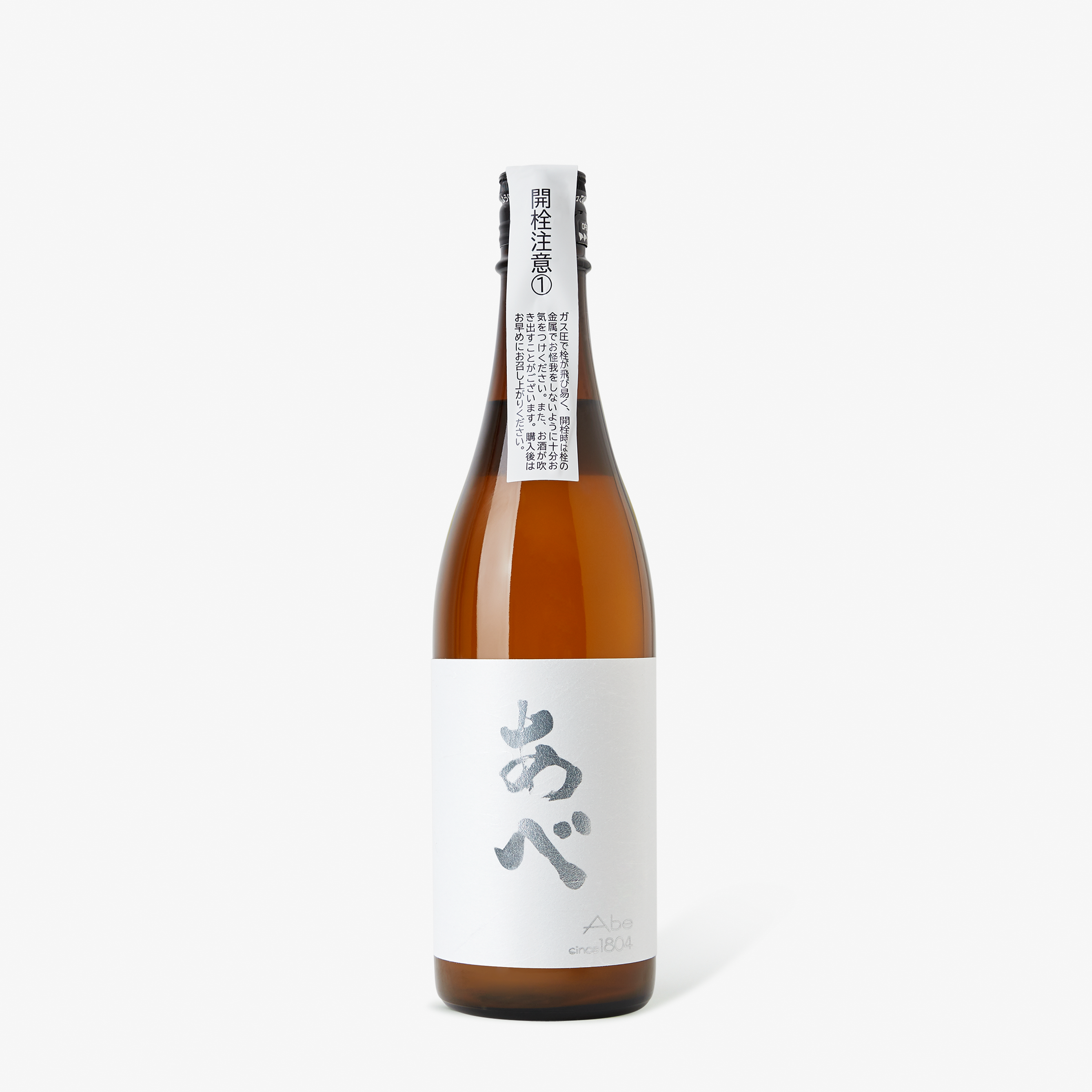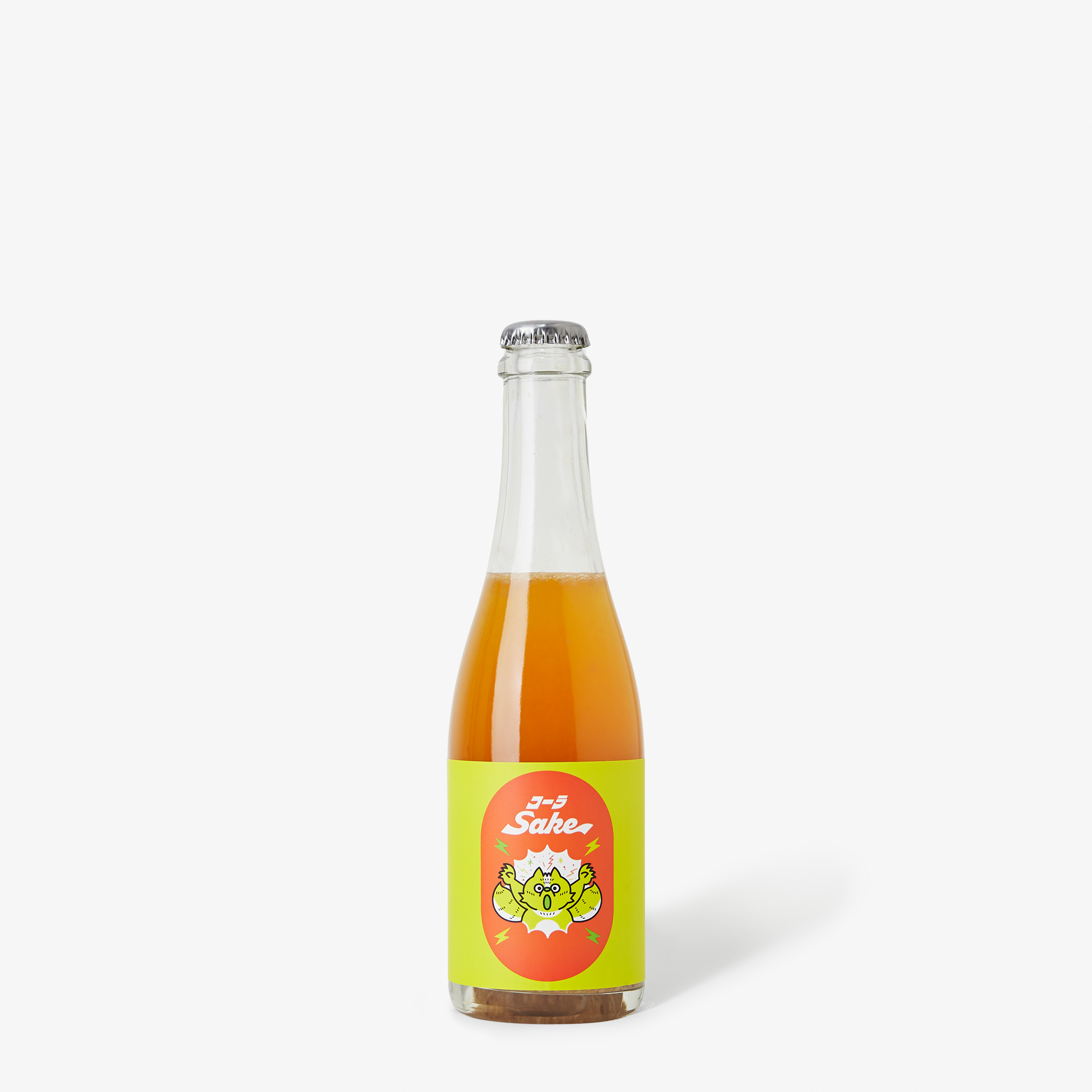Aramasa Shuzo was established in 1852 by Uhei Sato, in Akita Prefecture, Japan. The name "Aramasa" originates from the Meiji-era slogan "Aramasa Aramasa," symbolizing a commitment to new governance and profound virtue. A significant milestone in Aramasa's history is the discovery of “Kyokai Yeast No. 6” within its facilities in 1930. This yeast strain, identified by the National Research Institute of Brewing, is the oldest sake yeast still in use in Japan today and is renowned for its robust fermentation properties and the production of sakes with high acidity and subtle aromatics. Since 2009, the brewery has exclusively used rice cultivated in Akita Prefecture, strengthening its connection to the local terroir. In 2010, Aramasa standardized the use of Kyokai Yeast No. 6 for all its sake production, honoring its historical significance. By 2012, the brewery committed to producing only Junmai sake, which is made purely from rice, water, yeast, and koji, without added alcohol or sugars. Starting in 2013, Aramasa reintroduced the use of Kioke (traditional wooden fermentation vats) adopting the Kimoto method for yeast starter preparation, both of which are labor-intensive practices that contribute to unique flavor profiles. These efforts have positioned Aramasa Shuzo as a pioneer in the sake industry, blending time-honored techniques with innovative practices to craft sakes that are both distinctive and reflective of Akita's rich brewing heritage.
